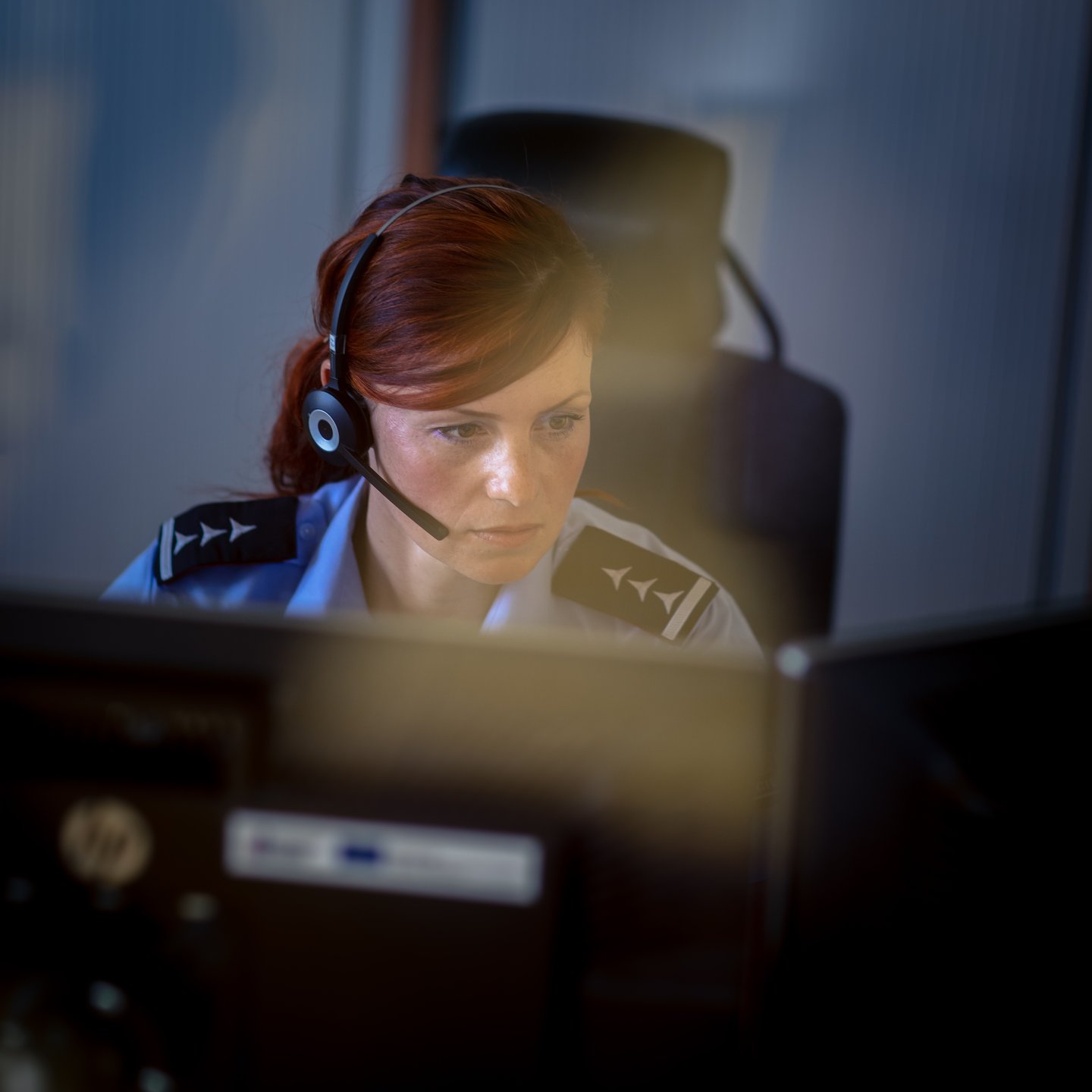Ensuring Emergency Readiness: Compliance with 911 Direct Access Laws in Hospitality
A staple amenity in any hotel room is the telephone. Calling for room service or setting up a wake-up call, this simple device still has its place in our communications world. These necessary devices, however, can also create issues with access to our nation’s emergency services network (911) and leave hotels and other companies vulnerable to financial liability.
The Crucial Need for Direct 911 Access
Direct access to 911 is essential for effective 911 services. In most lodging multi-line telephone systems (MLTS), access codes are required to dial outside calls, including 911. Directly dialing 911 is possible on most systems but requires proper provisioning. Unfortunately, the functionality is often not configured and is tested even less. The 2013 murder of Kari Hunt in a Marshall, Texas, hotel room is an example of how detrimental this can be. Hearing Kari’s screams for help, her 9-year-old daughter tried desperately four times to reach 911 from the hotel room phone. Each of those attempts failed as she had no idea that dialing ‘9’ first was required to complete any outside call. The incident set the stage for change and the proposed legislation to enforce it.
Championing Change Through Legislation
Four and a half years later, working with major hotel chains, the FCC, and hotel advocacy groups, Hank Hunt and I stood in the Oval Office as the President signed Kari’s Law into the law of the land. Kari’s Law requires that MLTSs can dial 911 directly without having to dial ‘9.’ Six weeks later, the RAY BAUM'S Act was also signed, containing language and requirements for a dispatchable location to be provided to dispatchers and on-site notification to staff for all entities using a MLTS. After four more years, the bill was codified as 47 U.S.C. §9.5 et. seq., enforceable by the Department of Justice (DOJ), a total of nine years after Kari’s death.
[Read more: Is Your Hotel Fully Compliant with the RAY BAUM’s Act?]
With that long wait came unexpected gains. For millions of companies across the country, the detailed location was now required instead of just providing 911 direct access, and provisions requiring remediation after software and hardware upgrades keep equipment compliant.
The Evolution of Compliance
A strong enforcement for compliance to these laws came via stiff penalties that included base fines of $10,000 and $500 per day per non-compliant device. Fines are retroactive to January 6, 2022; therefore, even a small system could face massive device fines of $182,500 annually, making the $10,000 base fine almost insignificant. In addition to the law, a company also faces huge judgments from personal liability and wrongful death lawsuits initiated by the victim’s family. Case in point, the Hunt family received a judgment for over $40 million in their case by a Texas jury when no law violation by the hotel existed at that time.
As a key part of ensuring compliance, calls must be directed to the appropriate local 911 center. In a tragic incident in 2022, where a six-year-old died in a drowning incident at a St. Louis municipal pool, a 911 call made by a lifeguard from a phone was mistakenly routed to a 911 center almost 900 miles away in Colorado. This unfortunate occurrence was attributed to a failure in location programming. Unaware of existing laws or the Hunt judgment, the family filed a wrongful death lawsuit seeking $40 million in damages. The introduction of this legislation minimizes the possibility of future out-of-court settlements, as it establishes a binding legal precedent through the Hunt judgment.
[Read more: HTNG Workgroup Delivers the 411 on New 911 Laws]
Navigating Compliance Challenges
Despite these hefty monetary fines, however, achieving total compliance remains elusive. Recent studies suggest approximately 60 percent of companies are compliant. Still, those are based on self-reporting from sources that may not be fully educated on the law or consider themselves ‘exempt’ when they are not. Experts predict adherence to be as low as 10 to 30 percent because of this error. Some organizations will assume a single sentence in the law provides a loophole but fail to read further. Often, administrators believe they are exempt to these laws’ requirements due to the age of the system, ignoring the software update clauses. Others are just not aware of the law.
Embracing Technology and Accountability
In the past, fixing the issue of outdated or non-compliant systems was often expensive, but new technology and NENA i3 NG911 services have made solutions more affordable and efficient. Any new MLTS installation or upgrade needs to consider 911. Customers using legacy E-911 solutions should consider refreshing to NG911 to provide additional functionality and lower existing operating costs.
[Read more: The Critical Need for NG911 Data in Hospitality]
The RAY BAUM’s Act website provides information and checklists to begin an initial self-assessment. Still, this should not replace a detailed check-up by an individual versed in 911 communications and a discussion with a telecommunications attorney.
A properly functioning communications system that doesn't interfere with emergency call traffic will provide safety for your staff and guests. Not only is it your responsibility to do the right thing as a good corporate citizen by providing a safe environment, but an adequately configured solution is likely a fraction of the cost of legal fees, massive fines from the DOJ, not to mention the brand damage from being in the news. The hospitality industry gets its name from the care and attention it provides those in its charge, and meeting compliance with the new legislation is a responsible way to keep guests and staff safe in an emergency.
ABOUT THE AUTHOR
Mark J. Fletcher, ENP serves as the Vice President of Public Safety for 911inform. He has spent the last 40 years working in tech at the intersection of advanced communications solutions and emergency services. Fletcher has previously served on federal committees while working with Nortel and Avaya, as a member of the Presidential NSTAC Advisory Committee for NG911 services, and as a federally appointed advisor on multiple national committees. He is also currently the Northeast Director for NENA and sits on the RapidSOS Technical Advisory Board. Fletcher has contributed to the creation of NG911 public safety call handling products and is the original author of Kari’s Law legislation. Has received awards from Avaya, IAUG, NG911 Institute, NENA, and Frost and Sullivan for his work in public safety technology.



